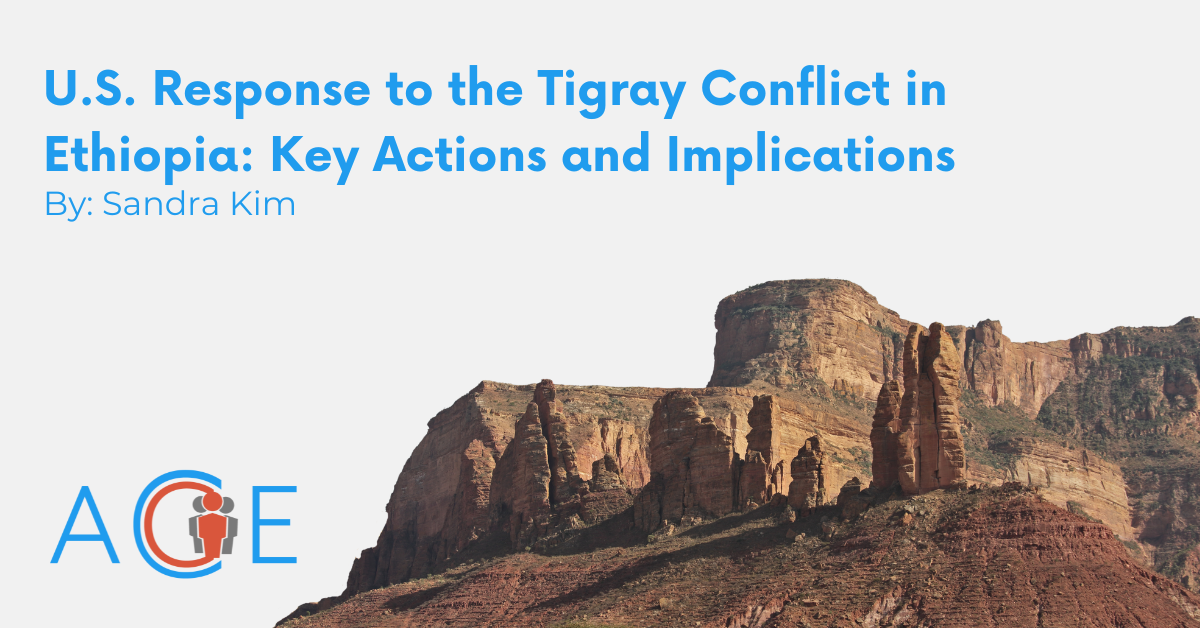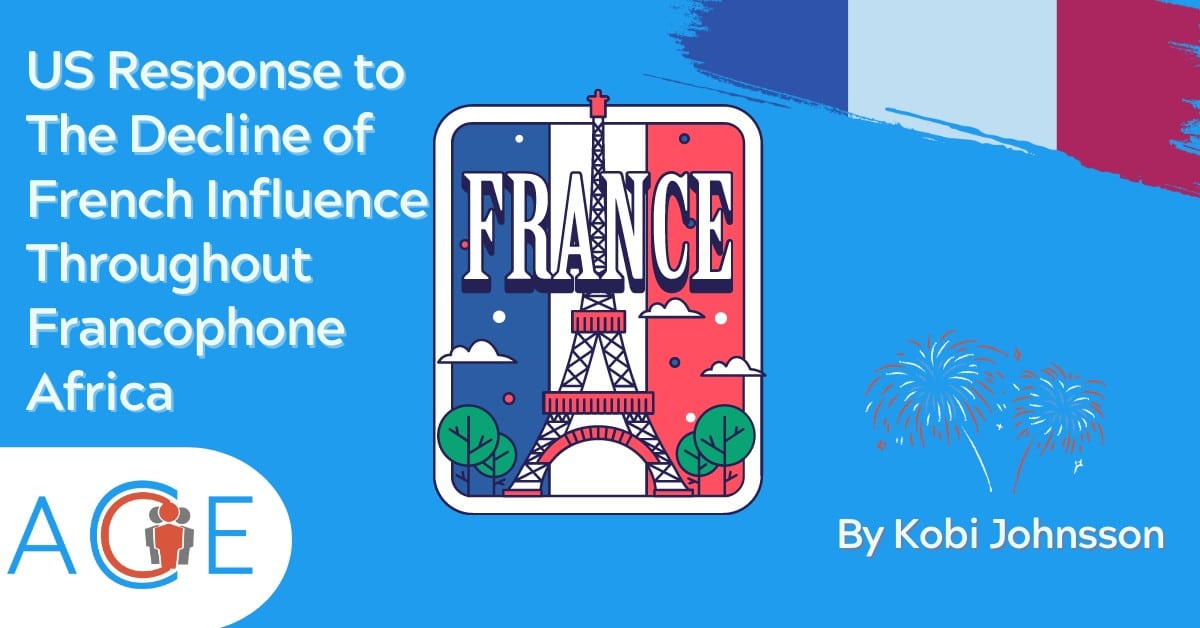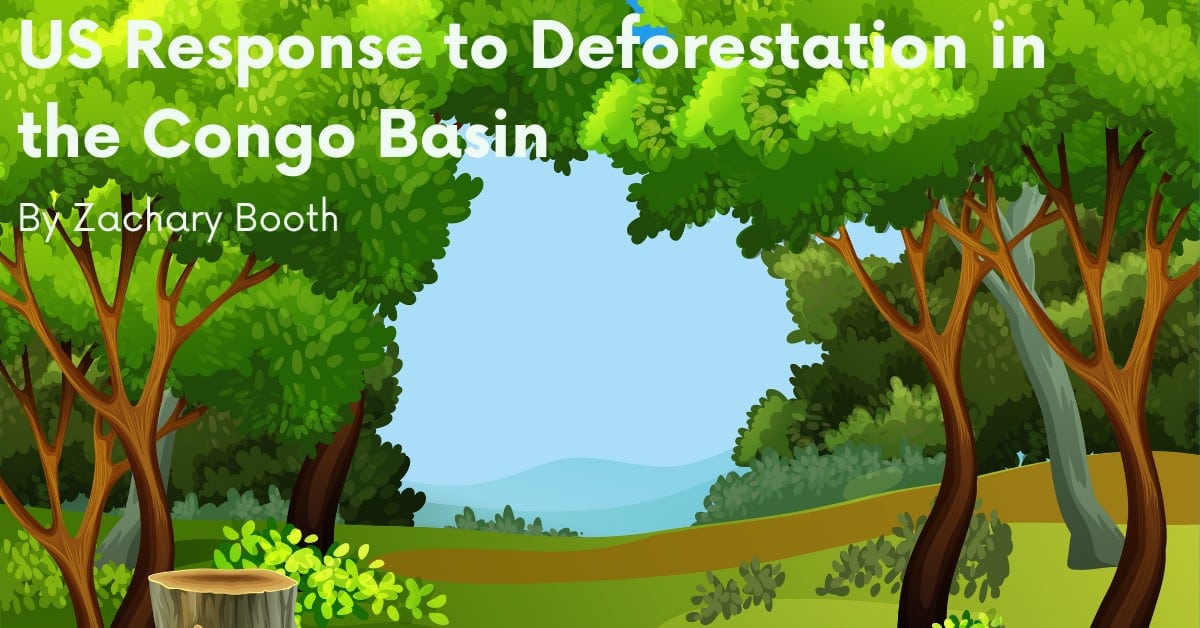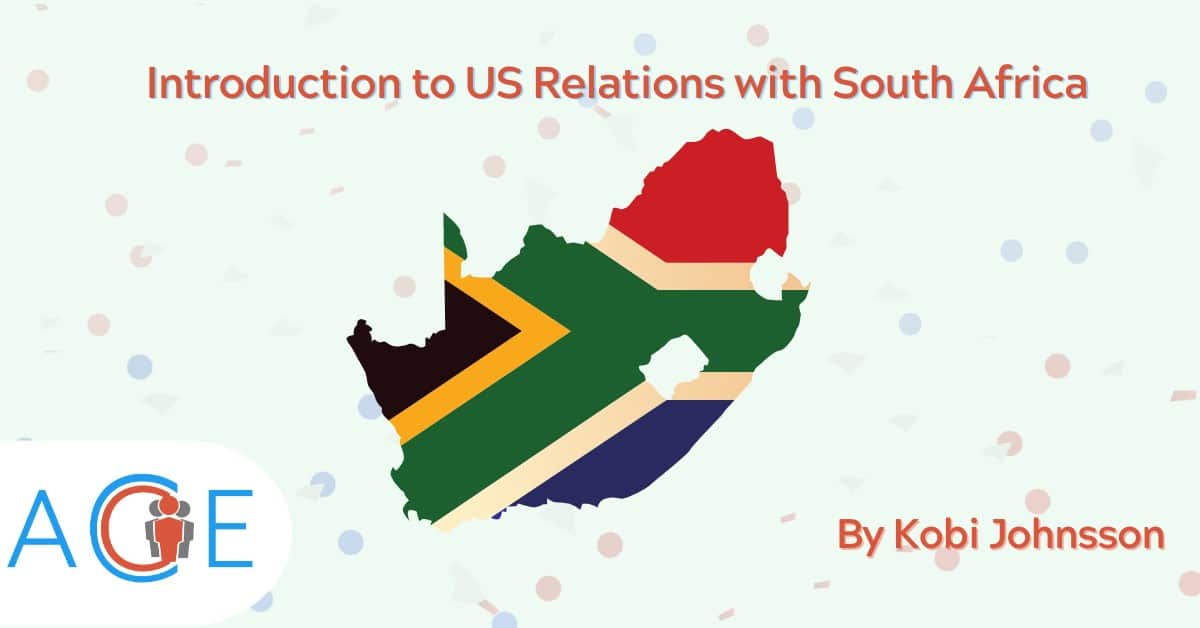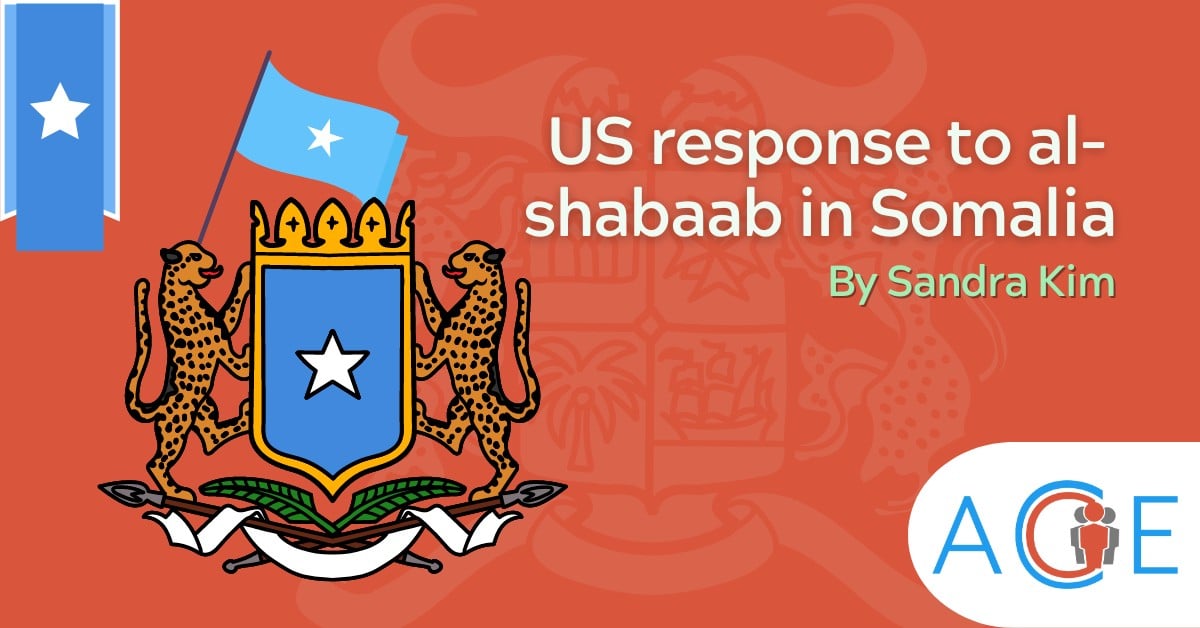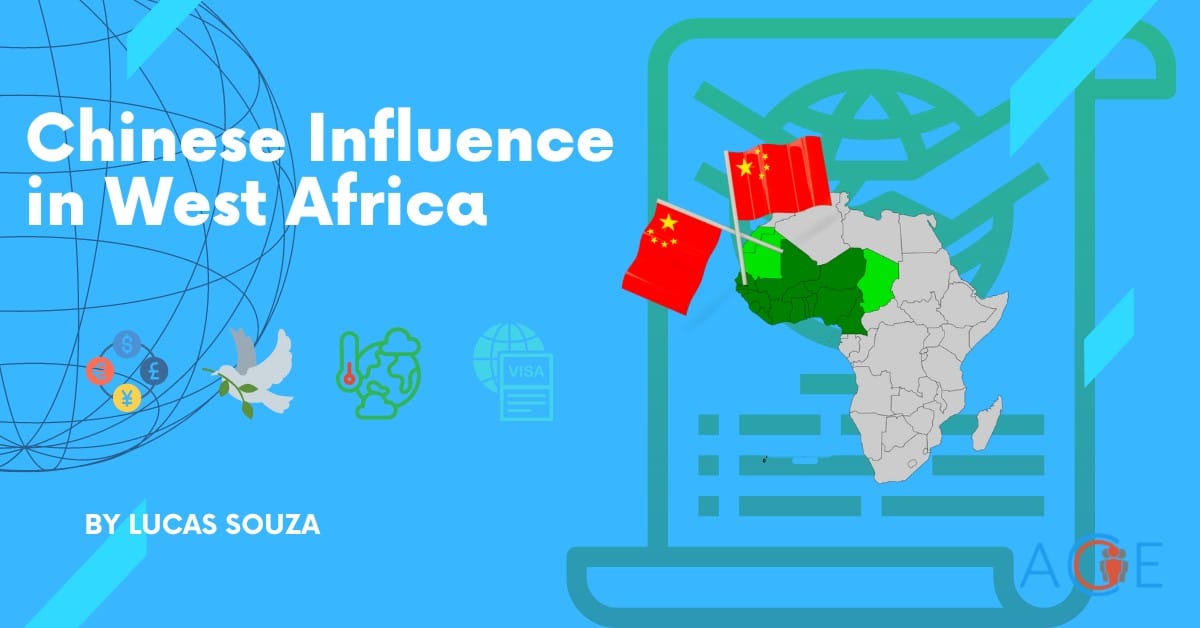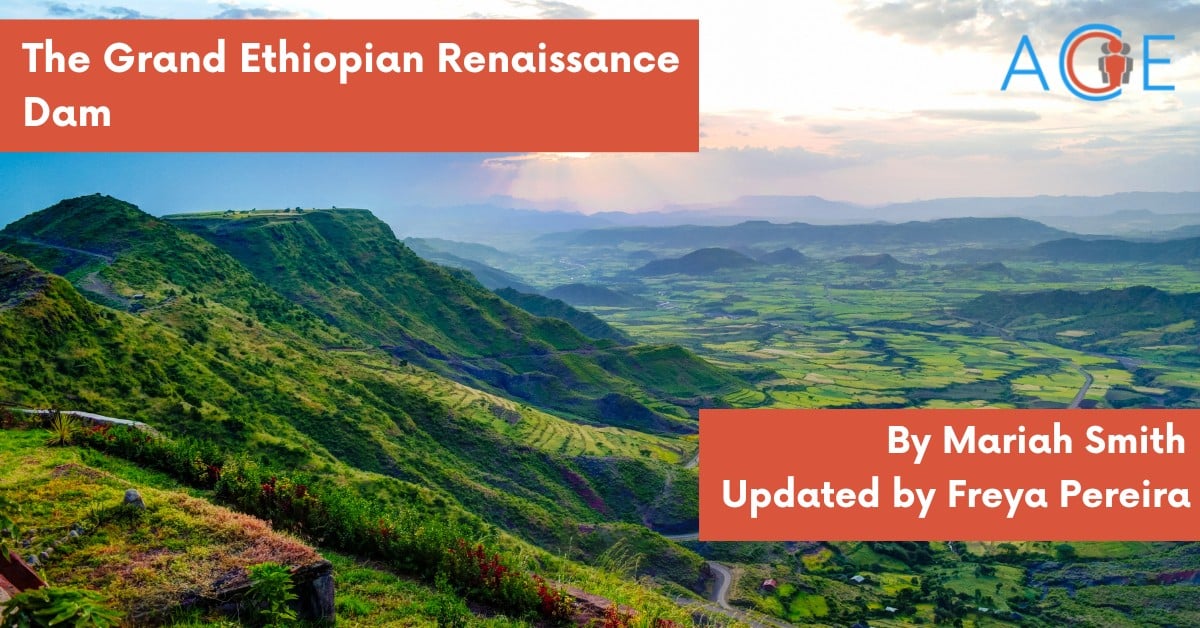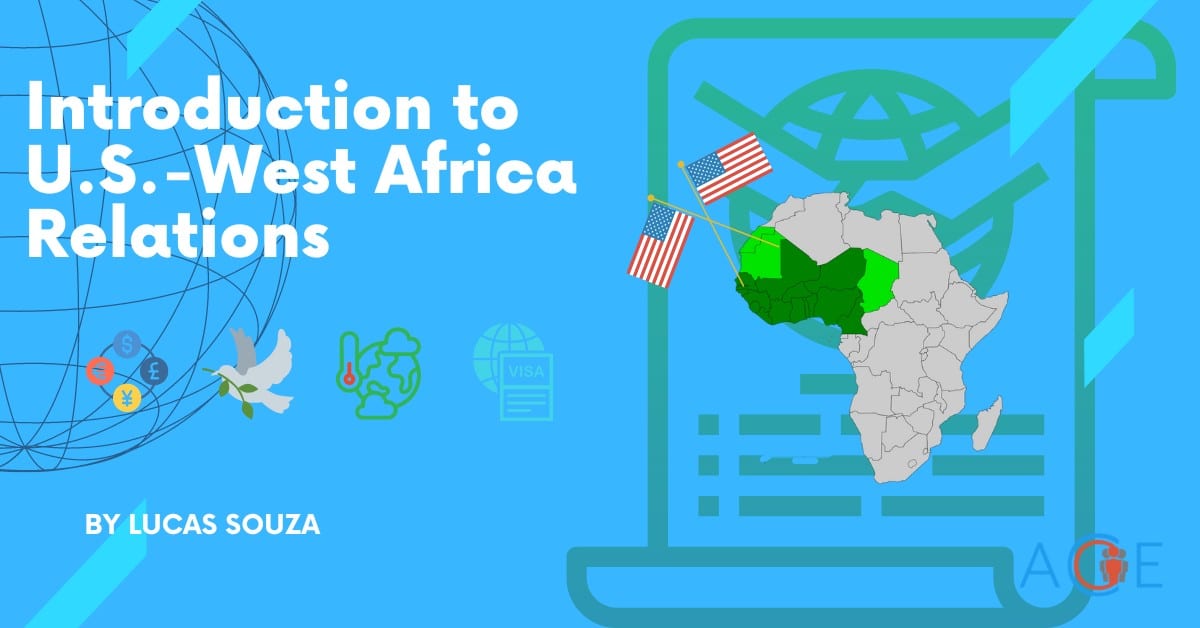Introduction
The Tigray War in Ethiopia demonstrates a complex and multifaceted conflict with various historical, political, and regional dimensions. Bordering Eritrea, Tigray is Ethiopia’s northernmost region and is home to an estimated 7 million ethnic Tigrayans. The region was governed by the Tigrayan People’s Liberation Front (TPLF), a leftist and ethnic national political party that formerly ruled Ethiopia from 1991 to 2018. It came into power when the TPLF overthrew the government of the People’s Democratic Republic of Ethiopia after mobilizing enough Tigrayans for its ethno-nationalist movement.
The civil war between the TPLF and Ethiopian government began on November 20th, 2020, when the newly appointed prime minister Mr. Abiy failed to uphold his promise to conduct national elections and extended his term as prime minister in June 2020. With the TPLF losing control of the national government and the belief that Abiy was attempting to centralize power, the Tigray State Council held local elections in defiance. The federal government, on the other hand, saw this as a declaration of war. The civil came to a resolution on November 3rd, 2022 through a peace agreement, with the United States (US) and other agents played a critical role.
US-Ethiopia Relations
The United States and Ethiopia have maintained diplomatic relations since 1903, fostering a long-standing and significant partnership based on shared interests in promoting peace, stability, and economic development. Ethiopia holds a unique position as the only African nation never colonized, maintaining its independence for over a millennium. The U.S. has regarded Ethiopia as a key guarantor of security in the Horn of Africa, contributing to the stabilization of countries like Somalia and South Sudan.
As the largest bilateral donor in Ethiopia, the U.S. has provided substantial humanitarian assistance, totaling an estimated $3.16 billion, in response to conflicts and ongoing droughts. However, despite the positive government-to-government and people-to-people relations, recent mistrust has emerged due to concerns over the actions of the Abiy government. This mistrust escalated when the Biden administration declared in March 2023 that all sides involved in the Tigray conflict were guilty of committing war crimes and crimes against humanity.
US Involvement in the Tigray War
The US, as a significant international player, has been involved in the Tigray War in Ethiopia through diplomatic means, humanitarian assistance, and has been pressuring parties involved to seek a peaceful resolution. The US was outspoken in its criticism of alleged atrocities by Ethiopian forces and their allies during the Tigray war, which resulted in tens of thousands of fatalities before a peace accord was reached. The Biden administration also implemented visa restrictions targeted at Ethiopian and Eritrean officials responsible for the conflict and suspended the country’s membership in the African Growth and Opportunities Act, a preferential trade pact. According to Cameron Hudson, a former US diplomat and intelligence official, the implementation of visa restrictions is a “major strategic shift in the Horn Africa, to go from an anchor state for US interests to become a potential adversary to US interests.”
Secretary of State Antony Blinken recently visited Ethiopia in March of 2023 to meet with government and Tigrayan officials as well as victims of the conflict. He noted that Ethiopia “needs to make more progress implementing a peace agreement with the Tigray region before relations with the US are normalized.” While the peace agreement made at the end of 2022 between the two conflicting regions terminated the war, hundreds of thousands of people were killed and suffered massacres, gang rapes, and other abuses from both sides. Blinken made sure to explain in a gathering of Ethiopian civil society leaders that “justice and accountability would be an important part of building a durable peace.”
Involved Agents
- TPLFI: Originally formed in the 1970s as a small guerilla band in the northern region of Ethiopia, the TPLF eventually grew to provide the core of the Ethiopian government in 1991. Representing one side of the Tigray war, the TPLF succeeded in mobilizing enough troops to defend their values, territory, and people.
- Ethiopia: After the conflict began in November, the Ethiopian National Defense Forces quickly captured many of Tigray’s central cities, including the regional capital, Mekele, with approximately half a million people. Ethiopian Air Force also committed war crimes when it bombed a camp for internally displaced persons in Dedebit Town of Tigray with an armed drone in January 2021 and again in Tigray’s capital, killing hundreds of civilians in hospitals and schools.
- Eritrea: A country once part of Ethiopia, Eritrea fought and won a brutal, decades-long war of independence that ended in 1991. When the two countries went to war again in 1998 in a territorial conflict that cost an estimated 100,000 lives, Prime Minister Abiy reached out to Eritrean President Isaias Afwerki and forged a historic peace accord aimed at putting the countries’ mutual enmity in the past. Eritrean forces repeatedly aided Ethiopia in the Tigray war and demonstrated itself as a staunch ally. Eritrean troops were blamed for the mass killing at Axum, a central Tigray region in Ethiopia, in the early period of the war.
- United Nations (UN): The UN led a joint investigation in 2021 with Ethiopia’s state-appointed human rights commission and found that all sides fighting in the Tigray war- Ethiopian government forces, Tigray forces, and Eritrea’s military- had committed violations that amounted to war crimes. The commission also revealed that Ethiopian forces had resorted to “starvation of civilians” as a tool of war and that Ethiopia and Eritrea forces were found to be responsible for “sexual slavery”- while Tigray forces were not.
- African Union (AU): Former Nigerian President Olusegun Obasanjo, the African Union chief mediator, led the mediation talk in South Africa between the two parties. She said Ethiopia’s government and Tigrayan authorities have agreed on “orderly, smooth and coordinated disarmament” along with “restoration of law and order, restoration of services and unhindered access to humanitarian supplies.” While neither Eritrea nor regional forces allied with the Ethiopian army took part in the talks in South Africa, the agreement reached was praised by Obasanjo as an “African solution to an African problem” and would allow humanitarian supplies to Tigray to be restored.
Effects of the War
Refugees and others have said that forces on the ground are responsible for sexual violence, ethnic-based targeted attacks, and large-scale looting. The UN estimated that nearly three million Tigrayans urgently need assistance due to lack of access to water, food, and healthcare. The food and nutrition security issue is especially concerning, for USAID and the World Food Programme suspended aid after discovering that Ethiopian soldiers and officials were stealing massive amounts of food in May of 2023.
With the civil war concluding with a peace agreement, Ethiopia has a new duty to consolidate a political arrangement that accommodates its diverse population of 110 million people and ensure basic measures of security and justice. Without this new configurement, a critical voice for African interests on the global stage would be lost and external actors would be empowered to engage in conflict.
Conclusion
While the Tigray War has concluded, the conflict highlights broader tensions between ethnic groups in Ethiopia and could ensure wider instability in East Africa’s most populous country. Furthermore, the war caused severe damage to essential social services, for it expanded to the neighboring regions of Afar and Amhara. This affected more than 20 million people, of which approximately three quarters were women and children, and 5.5 million people have been forced to flee their homes and take refuge in other regions within Ethiopia.
